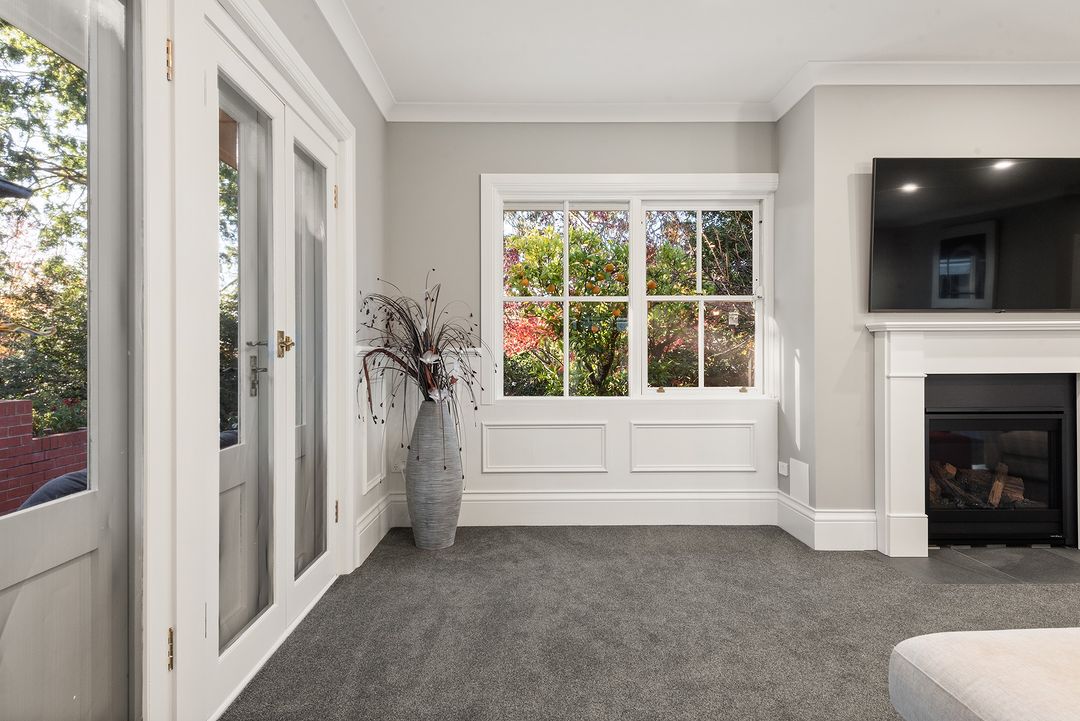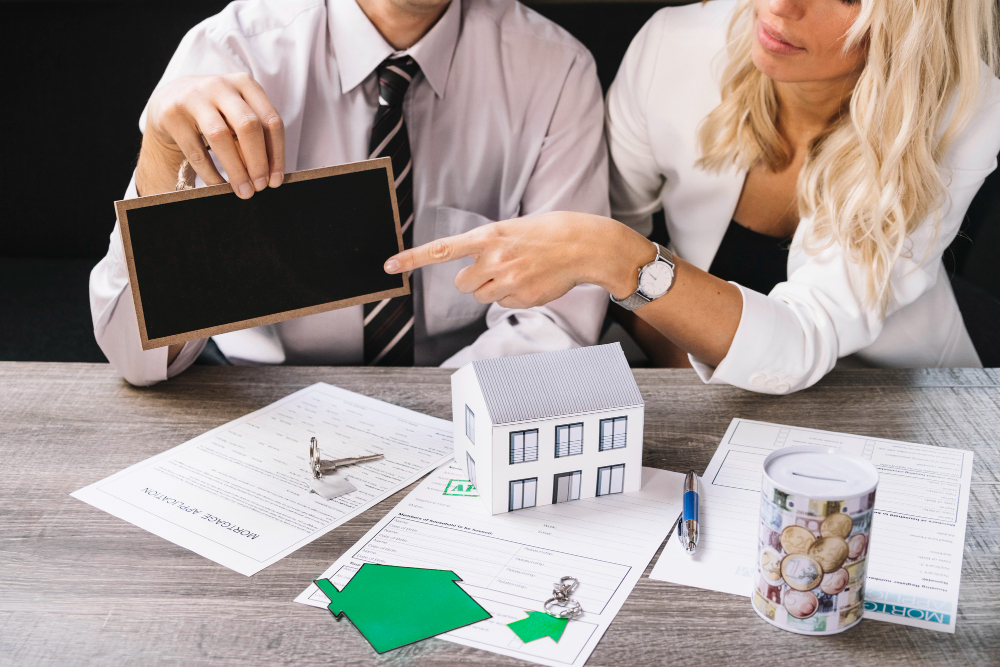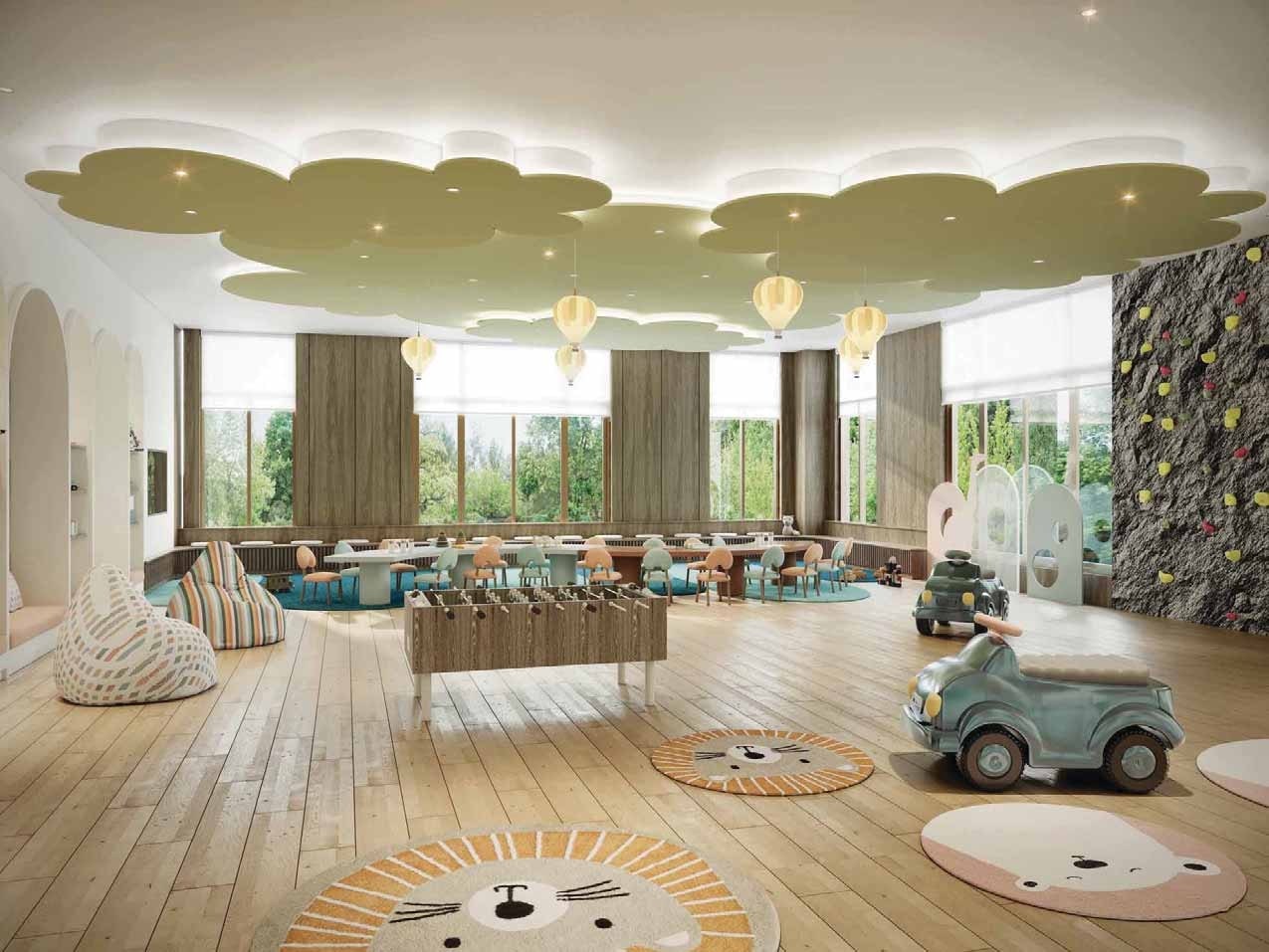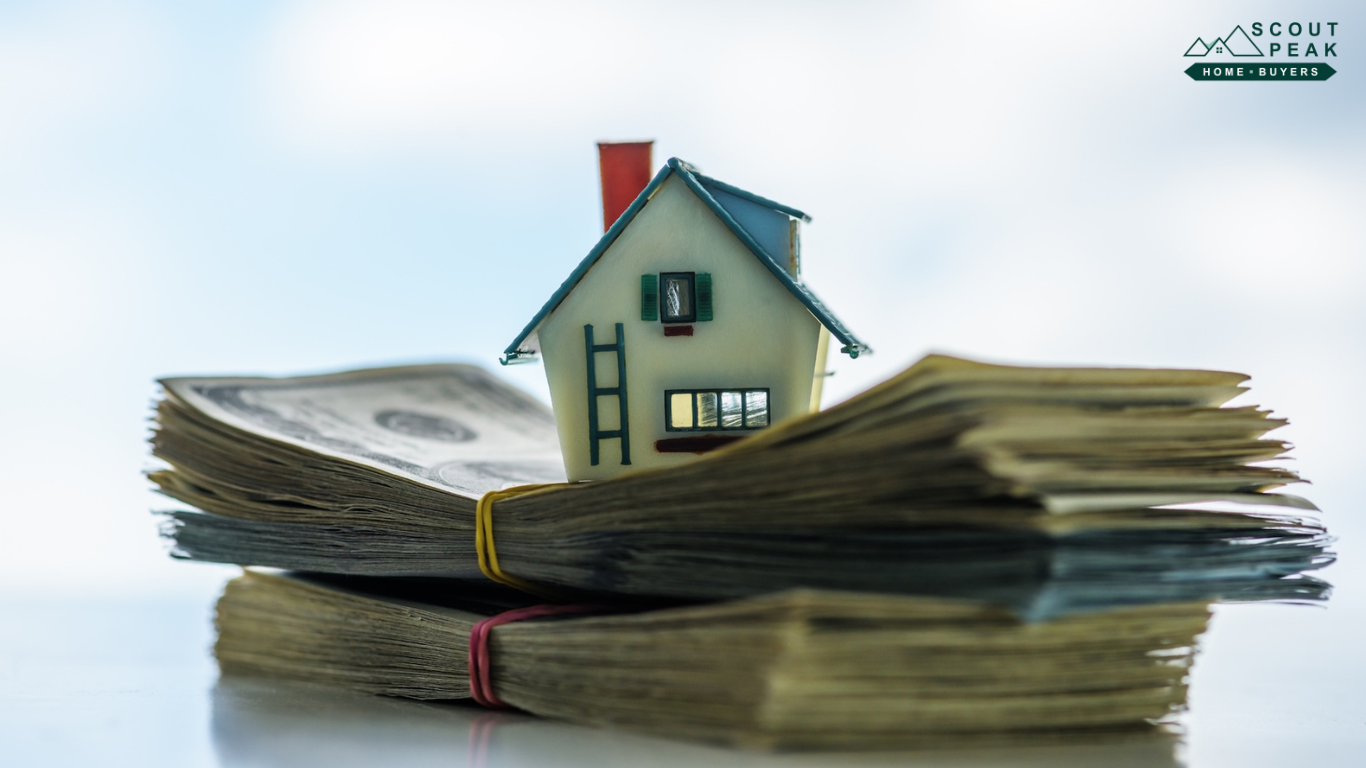There is nothing smarter than this when designing a custom home: the creation of an energy-efficient environment, providing comfort in the place that will soon be home. Today, custom home builders have embraced different sustainable practices and advanced technologies to create comfortable homes that not only contribute to comfort but also spend less energy and affect the environment minimally. Here are the most vital energy efficiency tips to be included in your custom home design for maximum comfort, trimmed energy consumption expenses, and greener living.

1. Orient and Layout Your Home Properly
The first step towards achieving a maximized level of energy efficiency pertains to proper orientation and layout of your house. Orientation of the house can reduce heating and cooling needs at various times of the year. For instance,
- Maximize Natural Light: While south windows in colder climates will allow sun heat to warm up the home during the winter, north-facing windows will cut back on heat absorption in hotter climates.
- Room Placement Position often-used areas such as the living room and the kitchen areas with maximum exposure to sunlight. Rarely-used areas like garages and storage rooms are usually placed with the side of the home exposed to the elements.
You work with experienced custom home builders who understand local weather patterns so that you can design your home to take full advantage of passive solar energy.

2. Invest in High-Performance Insulation
Insulation is one of the most important things you can do to keep a comfortable temperature in your home throughout the year. Properly insulating your home helps to keep heat inside during winter and outside during summer, which reduces the load on your heating, ventilation, and air conditioning (HVAC) system.
- Insulate Walls, Roofs, and Floors: Spray foam or rigid foam is used for insulation purposes to seal the air leaks completely in these areas.
- Seal Gaps: Air leaks through gaps around windows, doors, and other openings. Caulk or weatherstrip these areas to make the energy more efficient.
- Check R-Values: Choose the correct insulation materials with the proper R-value for your climate. The R-value is a measure of the thermal resistance of the insulation; the higher the R-value, the better it will perform in extreme temperatures.
3. Energy-Efficient Windows and Doors
Windows and doors are one of the weakest points of energy loss. Energy-efficient windows and doors are designed to minimize heat transfer to keep your home comfortable without overworking your HVAC system.
- Double or Triple-Glazed Windows: These windows have more than one pane of glass with gas between them, reducing heat transfer.
- Low-Emissivity (Low-E) Glass: This glass reflects heat, which keeps your home cooler in summer and warmer in winter.
- Energy-Star Certified Doors and Windows: Find Energy Star-rated products that meet or exceed the minimum energy efficiency standards.
4. Smart HVAC Systems
An energy-efficient HVAC system is the only way to have a comfortable climate indoors without excessive energy use. Smart HVAC systems give you more control over heating and cooling better and more efficiently.
- Programmable Thermostats: This is a programmable thermostat that can adjust temperature according to your daily routine so that it does not waste energy when you are away.
- Zoned HVAC Systems: These systems permit you to heat or cool specific zones or rooms on their own, which proves useful for larger homes.
- Regular Maintenance: Keep your HVAC system in optimal condition by scheduling regular maintenance. Clean filters and well-maintained units are much more energy-efficient.

5. Incorporate Renewable Energy Sources
Renewable energy systems are increasingly popular among custom homeowners who want to reduce utility costs and environmental impact. Some options to consider include:
- Solar Panels: Installing solar panels could perhaps be the most efficient way to offset the cost of energy while making your house more self-sustainable. Solar power can cover much of your home’s energy requirements if you also carry out other energy-saving measures in the house.
- Wind Turbines: If there is steadiness in the wind, a small wind turbine installed in a house could be a good renewable source of energy.
- Geothermal Heating and Cooling: The earth’s temperature is steady, and it controls the climate in your house with geothermal systems. Sure, they’re expensive to set up at first, but when it comes to energy efficiency, it’s all paid back over time.
6. Sustainable Building Materials
Building materials for your customized house have an influence on not just the comfort but also on energy usage and indoor air quality within it.
- Use recycled or reclaimed materials: This minimizes environmental footprint because it uses materials with a high recycled content or reclaimed wood.
- Thermal Mass Materials: Thermal mass materials absorb heat and also help in storing it; materials that have high thermal mass such as concrete, brick, or stone, are known for maintaining indoor temperatures.
- Green roofing materials: Consider energy-efficient roofing options such as metal or cool roofs, which reflect more sunlight than conventional roofs and reduce cooling needs.
7. Opt for LED lighting and smart lighting systems.
Lighting uses most of the energy in a home. Energy savings from LEDs and smart lighting systems would also enhance comfort and convenience.
- LED Lights: These are super energy-efficient LED lights that last much longer than the conventional light bulbs.
- Smart Lighting Controls: With smart lighting controls, you can adjust lighting from anywhere or set timers to switch lights off when not needed.
8. Install a Water Efficiency Plan
Another energy-intensive aspect of the home is within the water heating. Some measures that can be taken in order to increase water efficiency and, therefore, minimize energy use include:
- Tankless Water Heaters: These types of water heaters work by providing hot water on demand rather than constantly heating large quantities of water in some kind of tank.
- Low-Flow Fixtures: These consist of low-flow showerheads, faucets, and toilets that use far less water without sacrificing anything in terms of performance.
- Water Recirculation Systems: These types of systems maintain the hot water close to the fixtures, reducing the amount of water wasted while you wait for it to heat up.
9. Make Sure You Install an Energy Management System
An energy management system will enable you to monitor and control the energy usage in your home, making you more conscious of ways you could reduce costs further.
- Home Energy Monitoring Devices: They monitor energy consumption in real-time, and you can know what you can reduce about usage.
- Connect to Smart Home Technology: Most energy management systems can connect with a smart home hub. That way, you could have lights, temperature, and appliances under one umbrella for control.
10. Landscaping for Energy Efficiency
Proper landscaping will make your home even more efficient in terms of energy and will bring nature beauty into your environment.
- Plant Deciduous Trees: You could plant deciduous trees, for instance, allowing sunlight to go through during the winter when the trees don’t have leaves but to provide a shaded summer sun. You’d thus minimize your cooling and heating demands.
- Use Low-Water Plants: Using local, low-water plants will reduce the need for watering and save water and energy.
- Use Green Roofs or Walls: Green roofs and vertical gardens can provide additional insulation as they absorb sunlight and reduce the amount of heat absorbed by the sun into your home.
11. Consult Expert Custom Home Builders
Building an energy-efficient home requires expertise, especially in balancing modern technology with natural design principles. Coordinating with knowledgeable custom home builders assures that your home is well-designed to optimize energy efficiency without losing comfort or style. Therefore, look for builders who are experienced in the practice of energy-efficient building, for they can help you have the best and most viable ideas on materials, smart home technologies, and passive design strategies.
Choose Expert Custom House Builders for Energy-Efficient Living
The designing of an energy-efficient home and home comfort will demand the commitment and skill of professionals. Partnering with experienced firms like Freedom Built can do the job right and create your home into the best design for you, suited to the lifestyle of living comfortably and as sustainable as it can get. For over two decades, custom house builders, Freedom Built’s team boasts of well-crafted efficiency and high quality in designs and homes they construct. Their dedication to sustainability in building and innovative design means every house they build is ready for long-term comfort and cost-effective energy efficiency. This makes them a natural choice for those wishing to construct a one-of-a-kind home within Australia.
Conclusion
Saving money on utility bills is part of energy efficiency, but it also creates a more comfortable and sustainable home. The orientation of the house, its insulation, and appropriate systems altogether can reduce the energy consumption and build a home perfect for one’s needs. From high-efficiency HVAC systems to thoughtful space landscaping, every choice hints at comfort and energy efficiency in the home. It would then work together with experienced custom home builders to ensure your design of the house features best practices in energy-efficient construction for long-term savings and a healthier environment.
Following these energy efficiency tips, you’re contributing not just to having your house comfortable and sustainable for yourself but also to the future of our Earth. Whether starting from scratch or upgrading an already existing house, these energy efficiency ways will be the means of helping you create a greener and much warmer home.




